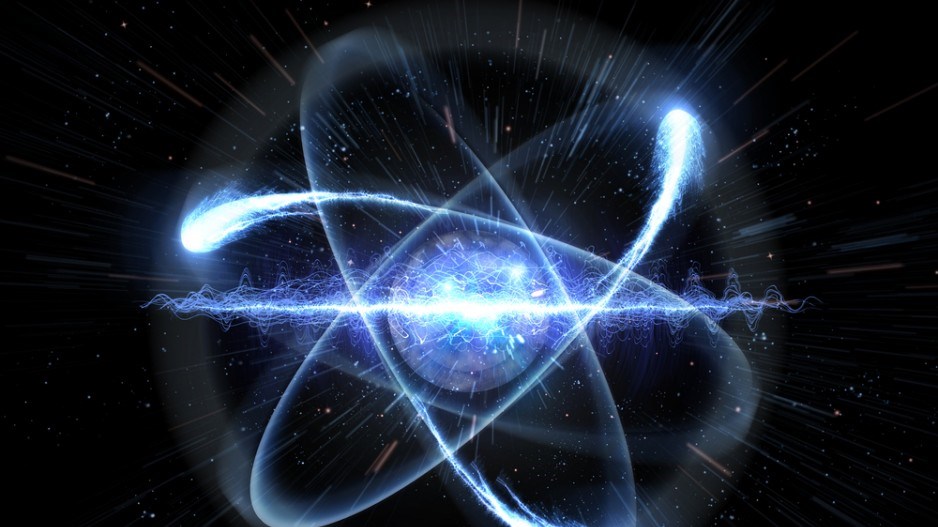As ministers from more than 25 countries gather in Vancouver this month for the Clean Energy Ministerial, they will be thinking about how the world can transition to clean energy economies. With a massive expansion of renewable and nuclear energy, experts are convinced we can achieve zero-carbon electricity.
But decarbonizing the world electricity supply is just the beginning. At best, it would eliminate only 30% of global emissions. That’s because the transportation, industry and agriculture sectors are all huge consumers of fossil fuels, as well, and finding substitutes for those applications will be even more challenging. In other words, even if we succeed in eliminating greenhouse gas emissions from electricity generation, by itself a monumental undertaking, we will have a much steeper hill to climb addressing the other sectors.
Fortunately, some advanced nuclear power plant designs can meet these demands without producing emissions – they can produce heat for industry, power mining operations and remote communities, and produce hydrogen as well as synthetic fuels for transportation. These next-generation reactors could arrive like the cavalry in the fight against climate change, but government partnership is needed to accelerate deployment and win the battle in time.
The newest wave of reactor designs, known as Generation IV, goes well beyond what previous generations of nuclear plants could do. They can pair seamlessly with intermittent renewables such as wind and solar. They are smaller, faster to build, and modular – so you can expand your capacity as your needs grow. And while current nuclear plants are already extremely safe, next-generation plants are even safer, with designs that make meltdowns impossible.
With sales of electric vehicles expected to rise dramatically over the next decade, demand for the reliable emission-free power that nuclear plants produce will increase apace. But there are other benefits to having a reliable source of emission-free electricity.
The electricity produced by Generation IV reactors (full disclosure: we at Terrestrial Energy are developing our Integral Molten Salt Reactor, also known as IMSR) can power hydrogen production and produce carbon-neutral synthetic fuels as a much better alternative for running our fleets of 350 million trucks and buses, 25,000 civilian aircraft, and 52,000 ocean-going ships.
Advanced reactors can also eliminate the need to burn fossil fuels to produce industrial heat. These versatile reactors produce clean, high-grade heat for all manner of energy-intensive industrial processes, such as producing chemicals or steel. They would also be highly sought-after for mining operations, including those in remote communities, or other off-grid plants, including the four natural gas plants or 17 diesel plants still operating in British Columbia.
Because they are smaller and quicker to build, these advanced modular reactors will be easier to finance and attractive to a wider range of customers. New power plants can be built for less than US$1 billion. We feel this new technology cannot be commercially viable until it is cost-competitive with all energy sources, including fossil fuels. There is ample evidence that, whatever concerns people may harbour about greenhouse gases, excessive cost will always be a barrier to adoption.
That said, there is an important and necessary role for government in the commercializing of new clean energy technologies. It is a good sign that the Clean Energy Ministerial participants are taking such an interest in nuclear energy’s importance. Canada has the opportunity to be a leader in developing advanced modular reactors and sharing them with the world. In the long run, that will be good not only for Canada, but everyone around the world.
Simon Irish is CEO of Terrestrial Energy Inc., a Canadian energy technology company developing an advanced modular reactor, a clean alternative to fossil fuel combustion.




